Asher Moses from the Sydney Morning Herald has run a story titled ‘Few lives left for Second Life’. It’s based on research undertaken by the Queensland University of Technology’s Kim MacKenzie, who’s completing her honours thesis on Second Life and business.
The research findings aren’t surprising in a lot of respects – there are significant areas of Second Life that are ghost towns and yes the numbers of people on one sim are usually very low at any given time (something I’m quoted on in the article).
A point I did make that didn’t make the final cut was that businesses like Telstra and the ABC had been successful in Second Life because they were aware of the experimental nature of Second Life, particularly where business is involved. The notable failures occur when the business jumps in boots and all expecting true return on investment in the short to medium term. Telstra’s sucess in particular has been its ability to leverage its large presence to provide a breadth of activities including residential options.
The story overall is quite pessimistic but does accurately cite the challenges Linden Lab face. I’ve said it before and I’ll say it again now – 2008 is meant to be the year of bedding down stability for Second Life. Some gains have been made, but time and patience is running out for a lot of people.
What are your views – does Second Life have a few more lives left?
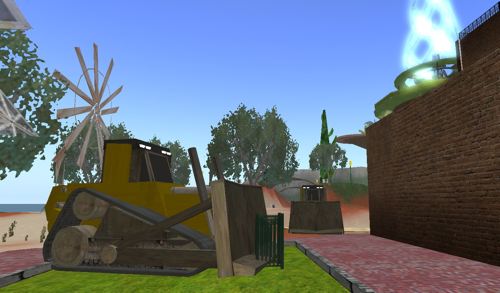

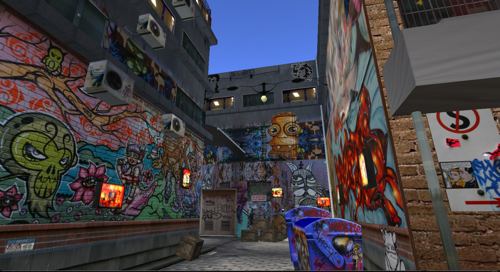
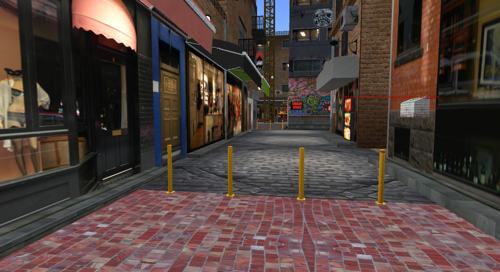
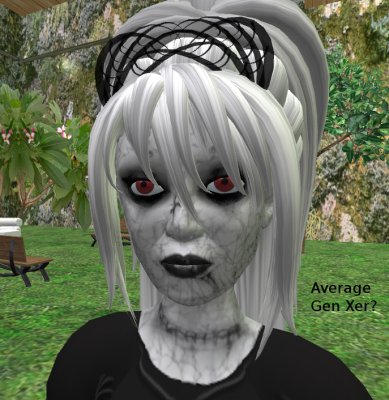
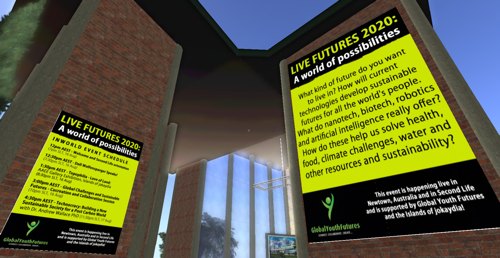
Recent Comments